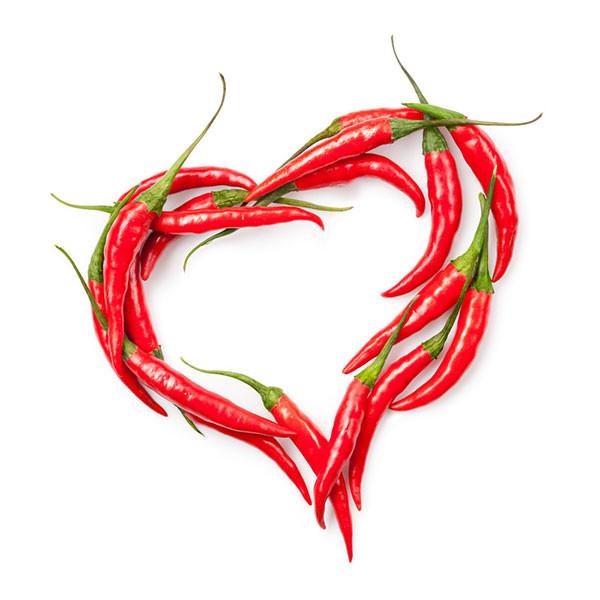Mary Avery grew up on a prehistoric dome of salt in the middle of the Louisiana marsh. It was a huge hill: six miles around, with caves 50,000 feet deep. It belonged to her parents, so naturally she wasted no time escaping it.
In the early 1800s Mary was happily swept away by the handsome Edmund McIlhenny, a promising young banker who promised her a life of excitement in racy New Orleans. In the 1860s things in New Orleans got exciting indeed, when the city was invaded by Union soldiers. Buildings were burned, businesses failed—as Donald Trump might say, it was a disaster. Except this time it was the truth.
Times were hard, so Edmund and Mary ran home to Mom and Dad Avery and their hill of salt. It was now called Avery Island—her parents had exploited the hill into a very successful salt-mining business. The Avery salt mine became so successful that the Union army found out about it.
Salt is a vital ingredient in preserving meat, and the Union army preserved a lot of meat. Soon the salt mine was confiscated for the war effort, and the McIlhennys were on the run again, this time to Texas. They had no particular love for Texas, but they were happy to be alive.
The war ended. Edmund and Mary returned to Louisiana to reclaim their family property only to find it—the mansion, the farms, the mines, everything—pillaged and destroyed. The only thing Union soldiers left alone was a tiny plot of brutally hot Capsicum peppers Edmund had planted from seeds given to him by a childhood friend. The peppers made for a fun prank on unsuspecting guests who were brought to tears by the spicy heat. The Union army was tough, but not that tough, made up mostly of Northerners who liked their food bland and pale. The hot peppers were untouched.
There were no jobs for Southern bankers. Edmund was growing broke. Hands on his hips, he surveyed the Avery mountain of salt and his puny patch of potent peppers. He recalled a recipe he had toyed with prior to the war. He mixed his salt and peppers with vinegar, then aged the brutal blend in leftover whiskey barrels for a few weeks. He strained the fiery sauce into reclaimed cologne bottles he found on the cheap. A creative guy with no money, McIlhenny designed and printed his own labels, naming his new brew after a river in the hottest part of Mexico, mostly because he just liked the sound of it: Tabasco.
In 1868 he sold 350 of his little bottles to adventurous, hardy Southerners who had a taste for heat. A year later he sold a few thousand at $1 each. Northerners had no use for it, but Edmund soon opened an office in London to manage a huge European demand.
Today the McIlhenny Company cranks out 720,000 2-ounce bottles per day, using peppers descended from that same original patch, poured into the same style cork-topped bottles, sporting the same label. Tabasco is included in soldier rations and is one of only a few American companies certified as a supplier to the Queen of England.
Originally published in Food & Spirits Magazine, January 2017


0 Comments